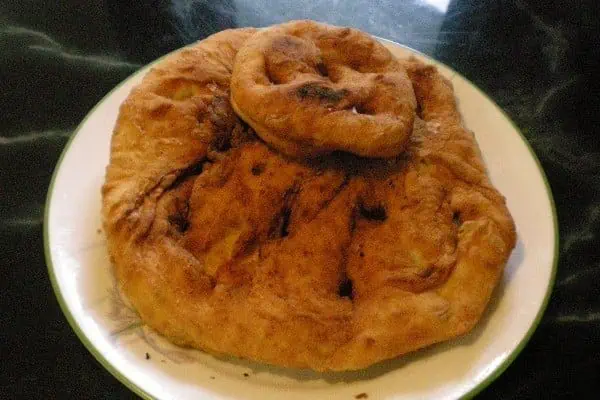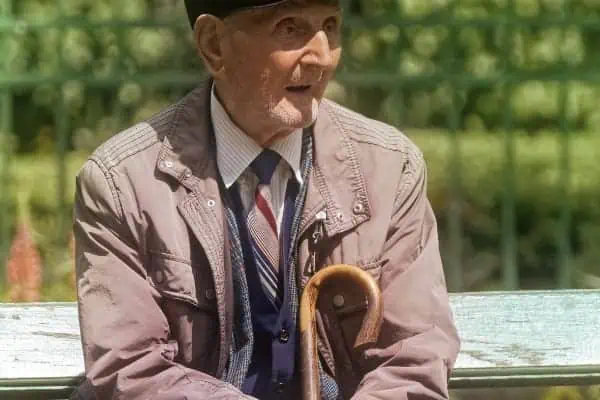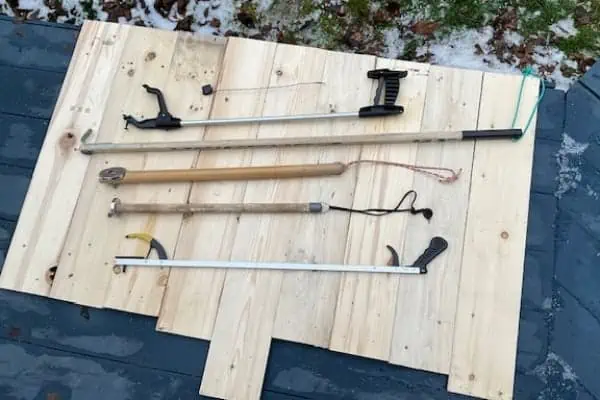The sites you choose look good to you or you wouldn’t set up there. Make your best effort to leave them as you found them. PHOTO: Pixabay
It really wasn’t too many years ago that campsites could be obvious almost forever due to the accepted practices of the day.
Tents were different with straight sides, sloped roof and no floor. We kept the interior dry by trenching around the tent perimeter to allow the water to run off. Conscientious campers filled in the trenches while others just packed up and left the trenches.
Either way in our fairly fragile environment it was obvious for years that a camp had been set up at that place.
As well, a fire-ring was usually left in place and it often contained burned out cans, tin-foil and half melted aluminum pop/beer cans.
We didn’t used to have the high-tech (and quite comfortable) closed cell foam sleeping pads so we put pine boughs on the sleeping area to insulate us from the cold ground and make our bed comfortable. The pine boughs certainly worked, but it didn’t take long to denude the bottom 8-10 feet of all the pines within a short distance of the camp-site.
The quest for wiener and marshmallow sticks did the same to willows and other shrubs nearby.
Used toilet paper (which takes at least a year to biodegrade) has not ruined, but negatively affected, my first day in many remote camping spots. TP can be brought back and put into the campfire or, especially in group settings, put into a garbage bag at the latrine site or along the trail back to the camp-site.
A group camping together should dig a latrine, keeping the moss plug (the circle first dug out) intact to put back on top of whatever human waste went into the hole.
Soft shoes for camp, such as sneakers or crocs are a Godsend for your feet after a long day in those foot protecting hiking boots. But what you may not realize is that the soft, light shoes have much less impact on the ground cover during all your walking around camp.
Take apart your fire ring when leaving the site, never make an additional one except by moving the original. Tin-foil, pop and bean cans do not usually disappear by being burned. After burning any food traces out of these items, take them out of the fire pit and carry them out with you.
Lots of things that start off in a can are easily transported in a Ziploc bag, which is always simpler to dispose of. In spring or early summer, before high-water, make your fires below the high water mark, which is always obvious along the shoreline or river bank. That way the fire-site disappears by being covered and washed away by the rising waters of summer.
The sites you choose look good to you or you wouldn’t set up there. Make your best effort to leave them as you found them without trees and bushes cut or pulled down and multiple fire-rings. The best view is had by moving closer to the view-spot rather than cutting off branches to clear the area.
Where possible, garbage left by previous visitors should be picked up and disposed of by burying, burning or transported out with your group.




